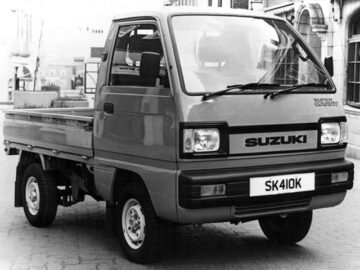Spotted: a Suzuki Carry Pick-Up
Pick-ups are relatively popular in the Netherlands as well, but they are usually models like the Toyota Hilux or larger. Or a van with an open cargo box behind the cab, because in fact that is also a pickup. The pickup that is the focus of this week’s Gespot is a lot more modest. This too is a van with an open cargo box behind the cab, but one from the Japanese kei class. The payload is very modest at 445 kg, but of course such a Carry is nice and handy.
The spotted specimen
The one we came across in Hoorn, to be precise, is a 1988 Suzuki Carry Pick-Up, which has been in the Netherlands since December. This model was officially delivered in the Netherlands, but interestingly, this example has the steering wheel on the right side. Because of the reflection you can’t see this in the photo, but the “deviating” windshield wipers confirm this. Could this be a genuine Japanese original, or was it simply imported from the other side of the Channel?
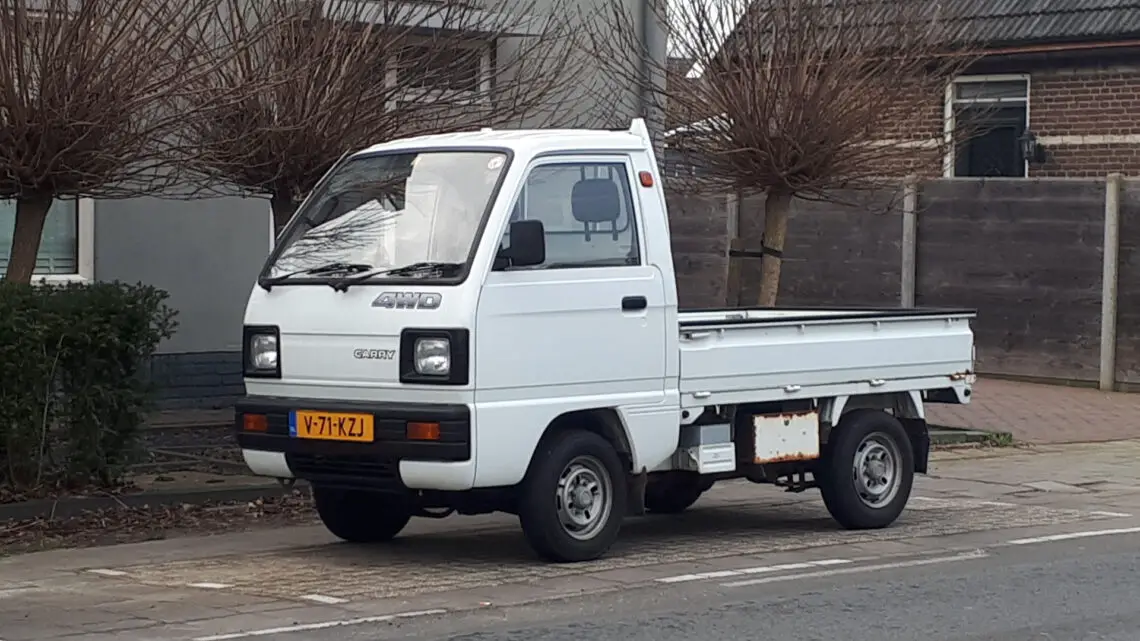
The Suzuki Carry
Although the Suzuki Carry is a typical Japanese kei-car van, it is also a familiar name here in Europe. The first generation Suzuki Carry entered the market in 1961, but at that time it still had a short “nose. By 1966, the model was already up to its third model generation, and it had a “flat” front cab for the first time. This created much more interior or cargo space within the maximum kei-car dimensions at once. Starting with the 1979 seventh generation, the Suzuki Carry was also delivered in Europe. Although they have since almost completely disappeared from the street scene, this model also sold well in the Netherlands.
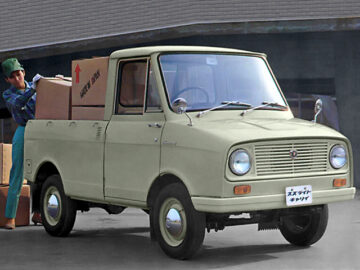

The eighth Suzuki Carry
In 1985 it was already time for the eighth model generation, and that is the model we spotted. It was mostly an evolution of the previous model, but there were many more versions. Both in terms of body styles and equipment. There were also variants with more powerful engines, which thus fell outside the kei-car limits and thus were mainly for export markets.
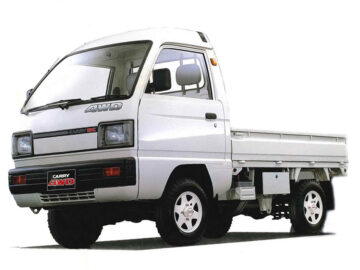
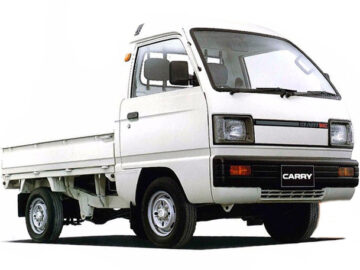
With the widening of the boulder car regulations in 1990, the Carry underwent a facelift, with the Japanese version also becoming more powerful (and just a bit larger). However, this version was not delivered in Europe. The facelift model was not delivered for long either, as a new model generation followed at the end of 1991. The eighth generation continued to be produced for export markets until 1999 and even to the present day if you include licensed construction.
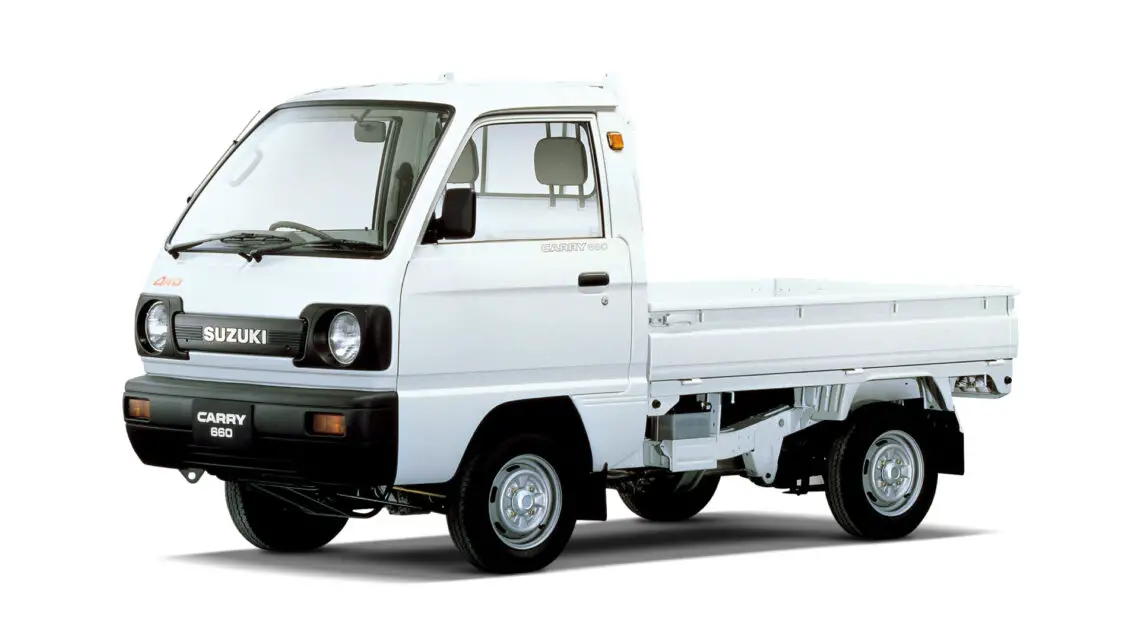
The Suzuki Carry in Europe
Because the previous model was so popular, there were even specific European variants of the eighth generation. For example, the Suzuki Carry was also produced and sold in the UK as Bedford Rascal, later renamed Vauxhall Rascal. The British examples were also delivered to continental Europe, but simply as Suzuki or in some countries with the name GME Rascal. However, the Suzuki version was by far the most popular.
There are currently 330 Suzuki Carry’s on registration in the Netherlands, of which as many as 221 are from the period 1986-1998. Given the overlap in production years of the various model generations, it is just not possible to say with certainty whether all these examples are from the eighth generation we spotted.
